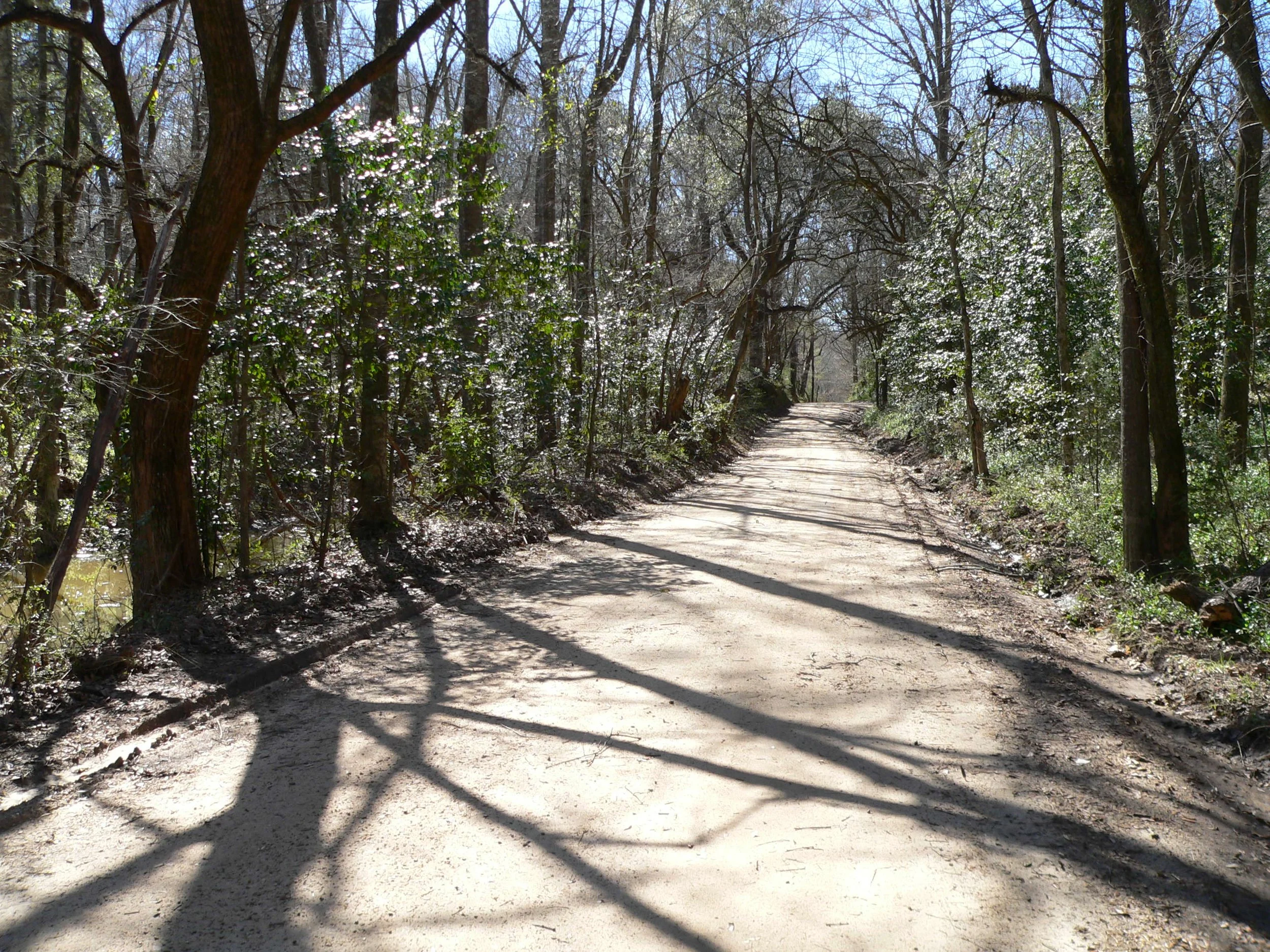2005
Bryant Grocery and Meat Market
Money
It was at this simple brick store in August 1955 that Emmett Till, a fourteen-year-old African American from Chicago who was visiting family in the Delta, came to buy candy when he allegedly offended Carolyn Bryant, the wife of the owner. Two nights later, Till was kidnapped. His mutilated body was found in the nearby Tallahatchie River. Till’s mother publicized the atrocity and insisted on opening Emmett’s coffin for the world to witness the cruelty of his murderers, who were never held accountable for their crime. The Bryant family still owns the store, which will soon be lost.
Flannegan-Lowry House
Jackson
Constructed c.1870, the Lowry House is an example of a center hall cottage. Governor Robert Lowry, who served in office from 1882-1890, purchased the home shortly after leaving office and used it as his Jackson residence for several years. The house originally faced Fortification Street and was moved in 1914 to make way for the extension of North Congress Street. In 2005, the house was in the path of the expansion of the Baptist Hospital and was moved 500 feet south out of harm’s way. Using funding from the Community Heritage Preservation Grant Program, the Mississippi Heritage Trust restored the house. Now under new ownership, the house is a popular community gathering spot.
Natchez College
NatcheZ
Established in 1885 by the State Baptist Convention of Mississippi, Natchez College served for over a century as a junior college and preparatory school, playing a vital role in the education of African Americans. The site was in 2005 as one of Mississippi’s 10 Most Endangered Historic Places due to vacancy and deterioration. Since then, the campus has now seen a major milestone with the full restoration of Huddleston Memorial Chapel. Funded in 2023 by $750,000 from the Lilly Endowment— part of a $2.5 million grant to the Mississippi Department of Archives and History—the project was completed in 2025 as the first phase of transforming the site into the Baptist Heritage and Arts Center. Next, the former Women’s Dormitory will be restored to house the Anne Moody Interpretive Center, with completion planned around 2027.
Old Bridgeport Road
Bolton
This narrow unpaved lane, nestled within deep embankments under a canopy of mature trees, is a remnant of one of the state’s earliest major roads. Authorized by the state legislature in 1822 to connect the new capital of Jackson with the Mississippi River at Vicksburg, Bridgeport Road was a post road and stagecoach route before the Civil War and was used by troops of both the Confederate and Union armies during the Civil War. The remaining original segment of Bridgeport Road, now extending for about three tenths of a mile, is a rare surviving early 19th century road that has never been subjected to paving, widening or straightening. Bridgeport Road is now in private hands and protected from being altered.
Jackson Municipal Library
Jackson
A watershed event in the Civil Rights Movement in Mississippi occurred at the old Jackson Public Library. It was here that nine students from the historic African American Tougaloo College made headlines when they quietly sat in at the library in protest against the Jim Crow system of segregation. This simple act of civil disobedience helped spark organized protests throughout Jackson. The building, now designated a Mississippi Landmark, is owned by the Mississippi State Baptist Convention. It is currently being used as storage space, though the owners desire to incorporate the building’s historical significance in the future.
(Old) Pascagoula High School
Pascagoula
When it opened in January of 1939, Pascagoula High School was hailed as the “most modern and complete high school unit in the state.” The old high school was closed in 1997 and sat vacant for several years. The school has since been converted into Bayside Village, an active senior living apartment building.
Sun-n-Sand Motor Hotel
Jackson
Entrepreneur R.E. Dumas Milner constructed the Sun-n-Sand Motor Hotel in 1960 and it quickly became a second home for state legislators, where they could meet informally for meals, entertainment and legislative negotiations. The motel also provided a place where organizations like Wednesdays in Mississippi, an interracial, interfaith women’s group dedicated to furthering Civil Rights and social justice, could meet in safety. Although advocates fought to save this modernist structure that spoke to Mississippi’s architectural, legislative and Civil Rights history, the State of Mississippi demolished a majority of the motel in 2020 for a parking lot. Today, only the common areas and the Googie-style sign remain.
Tippah County Jail
Ripley
Built in 1938, the Tippah County Jail is constructed of solid poured-concrete construction in the Art Moderne style. The building served as the county jail until 2000, when a new jail was constructed across the street. The building was then used for storage. In 2005, a $115,000 Community Heritage Preservation Grant was awarded for the rehabilitation of the building, which is now a local records archive.
Wilkes Home
Laurel
The Wilkes House is a remarkably intact, rare surviving example of a vernacular house dating from the early 1800s. The original portion is a one-and-one-half story, hall-and-parlor plan log house, with the upper half-story accessed from a stair opening onto the rear gallery. The house has sat empty since 1960, gradually being lost to time.
(Old) Woodmen of the World Building – (Harrison-Whitfield Building)
Columbus
Located across the street from the Lowndes County Courthouse, the Harrison-Whitfield Building is thought to be one of only two remaining three-story antebellum commercial buildings in Mississippi. Also known as the Woodmen of the World Building, the structure originally housed a large Masonic Hall on its top floor and condominium-style offices on the two floors below. The building was vacant and deteriorating for many years before being restored for use as offices along Lawyer’s Row.
